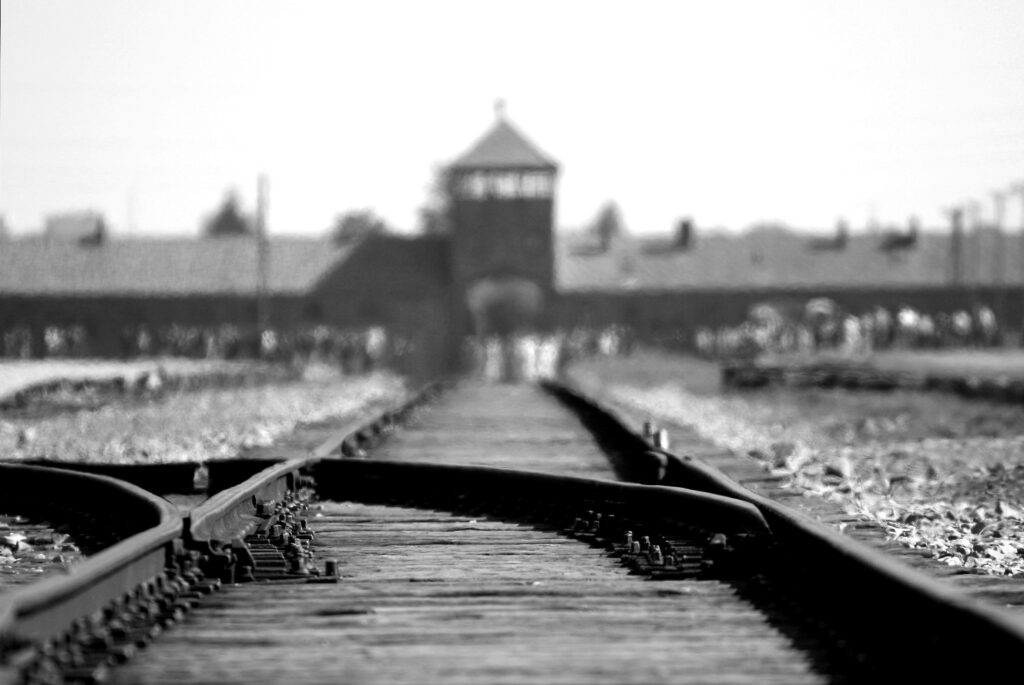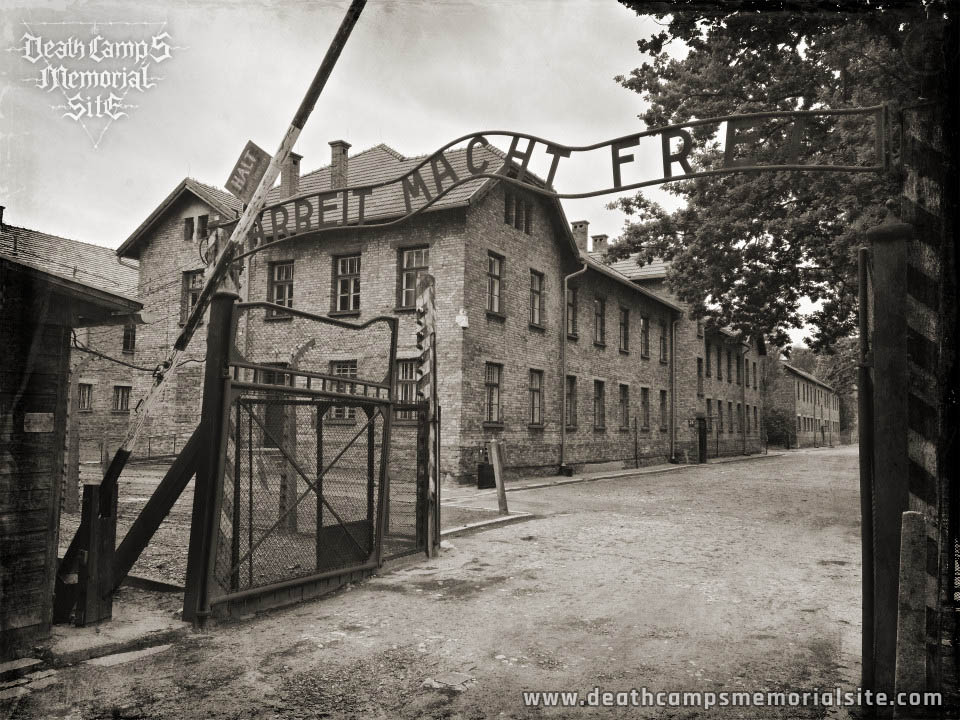Auschwitz Birkenau Concentration Camp
Oświęcim Auschwitz Birkenau:

During the II World War Auschwitz Birkenau was the largest concentration camp of Nazi Germany with nearly 300 primitive barracs (mostly wooden). The nearly 200 hectares of grounds include the ruins of gas chambers, crematories, fences, roads and places filled with human ashes. It was established in the suburbs of the Oświęcim ( Auschitz in Germany) – 60 km west of Kraków.
In order to get to know the grounds and exhibitions in a suitable way, visitors should spend at least 90 minutes for Auschwitz site and the same amount of time for Auschwitz 2 Birkenau. It is essential to visit both parts of the camp Auschwitz and Auschwitz 2 Birkenau in order to acquire proper sense of the place that has become the symbol of Holocaust as well as Nazi crimes against Poles, Romanians and other groups. The ground and most of the buildings at the sites of both camps are open to visitors but some buildings are not accessible ( including blocks reserved for the Museum administration and it’s departments).

Auschwitz 1 is the place where the Nazis:
– opened the first Auschwitz camp for men and women
– carried out first criminal experiments at using Zyklon B to put people to death
– murdered the first mass transport of Jews
– conducted the first criminal experiments on prisoners
– carried out most of the executions by shooting
Here was the central jail for prisoners from all over the camp complex located in Block n11 – and here the camp commandants office and most of the SS offices were located.
From here, the camp administration directed the further expansion of the camp complex. Birkeanu is where Nazis erected most of a machinery of mass extermination in which they murdered about 1,3 million people (approximately 1 million Europan Jews).
Liberation of Auschwitz Birkenau concentration camp took place in January 1945. Before that however Nazi authorites tried to destroy as much evidence of massive murders as possible.
Museum Auschwitz preserves the memory and honors the victims of Nazi, it is a part of the Unesco list of World Heritage Sites and more than 2 million tourists visit it each year.
The tour from Kraków takes approximately 7 – 8 hours (journey takes over 1 hour depending of traffic each way).